It’s been a while since my last post. I’ve been a bit distracted. In a good way, though. I’ve been working on a dream.

Whenever I’d sit down to write my next blog, the words finish manuscript kept popping into my thoughts. Those two words have taken up residency in a lovely periwinkle Victorian house in the back corner of my mind and frequently venture out for a stroll around all that gray matter. The words just kept getting louder and more difficult to ignore.
You see, I’ve been wanting to write a novel for as long as I can remember. Many of you already know this about me. Do you have a dream that pokes at you too?
Well, little did I know, when embarking on this novel-writing journey, that drafting a manuscript didn’t mean it would be ready for an agent’s eyes after draft one. It would require another round of edits, then another, plus some amazing beta readers and a fabulous editor tossed into the mix – fresh eyes to see things that had grown too familiar to spot myself. Ernest Hemingway once said, “the only kind of writing is rewriting.” Well, Ernest was on to something, and he kind of knew his stuff.
My novel writing has been a true labor of love. And I’m excited to share next steps soon! But for now, I’m happy to hit the pause button and return to a little litetherapy. Not because everyone wants to learn my story and write a novel, but because everyone has a dream worth sharing with the world.

What’s your dream?
Do you have something you’ve been wanting to do, but you either talk yourself out of starting, get going for a bit and the dream gets sidelined, or perhaps you’ve gotten close to the finish line only to be distracted by life again and the dream screeches to a halt? Then let’s talk about distractions.
Did you know there’s no such thing as writer’s block? WHAT?? I’ve heard this statement time again from published authors. “That’s what’s been keeping me from my dream of being a novelist!” I’d say. Oh, the excuses we tell ourselves! Well, after much evaluation of what has kept me from not yet having my domestic suspense novel on shelves and in your hands, I believe the ‘writer’s block as myth’ to be true. And it’s a concept related to life in general.
It comes down to this – being distracted. By life. A job. Family commitments. Classes. Doing taxes. You see where I’m going here. So how does one rid themself of said distractions and find time to turn a dream into a reality? Here’s the thing. Distractions will always be there. It’s not about getting rid of them; it’s about learning to work more effectively around them.
Yes, I can hear your skepticism. You have too many distractions! But that attitude is what’s keeping you within arm’s reach of your dream. With the small, tiny, micro habit change I’ve proposed below, you too can move towards enjoying the life you’ve been wanting to cultivate.
Do you have 15 minutes to spare each day? Yes? No? Maybe? Well, we make time for things that are important to us, so the choice is yours. If you’re game, I propose getting up 15 minutes before anyone else in your house, distraction-free, in order to start (or continue) plotting your masterpiece, perfecting your craft, planning your new business, learning a new hobby, etc. If you live alone, you’re not off the hook – rise 15 minutes earlier than usual. Or stay up 15 minutes later than usual/the rest of your household, and put in the work. Fifteen minutes of distraction-free time (yes, that means silencing your phone and e-mail notifications!) is more valuable than an hour of trying to fit in everything.
Whether you choose the AM or PM option above, spend a hot second before bed to prepare your work space for the following morning. Remember how excited you were as a kid to have that first-day-of-school outfit ready to go? Channel that.

There’s a reason the fall season used to mark the beginning of a new year in ancient cultures; the natural energy that arises this time of year screams fresh start. And if you live in a part of the world that practices daylight saving time, you’re especially in luck! An extra hour in the morning for your dream (shhh! just don’t tell your body the clock changed).
All seasons aside, there’s no better time than the present to establish this time-grab habit. Once you start with 15 minutes of focused time on your dream, regularly, you’ll soon be hooked and eager for the 15 minutes to become 30, then more. You’ll see your dream rise above the noise.
If I can do it, you can do it.
As the saying goes, “The future starts today, not tomorrow.” So don’t wait until January 1. Start today. You deserve it. And the world deserves to see what you were meant to share⭐️
P.S. For anyone interested in following along on my authorship journey and achieving their own goals, you can find me on Instagram @elizabethkempwrites and at elizabethkempwrites.com. See you there!







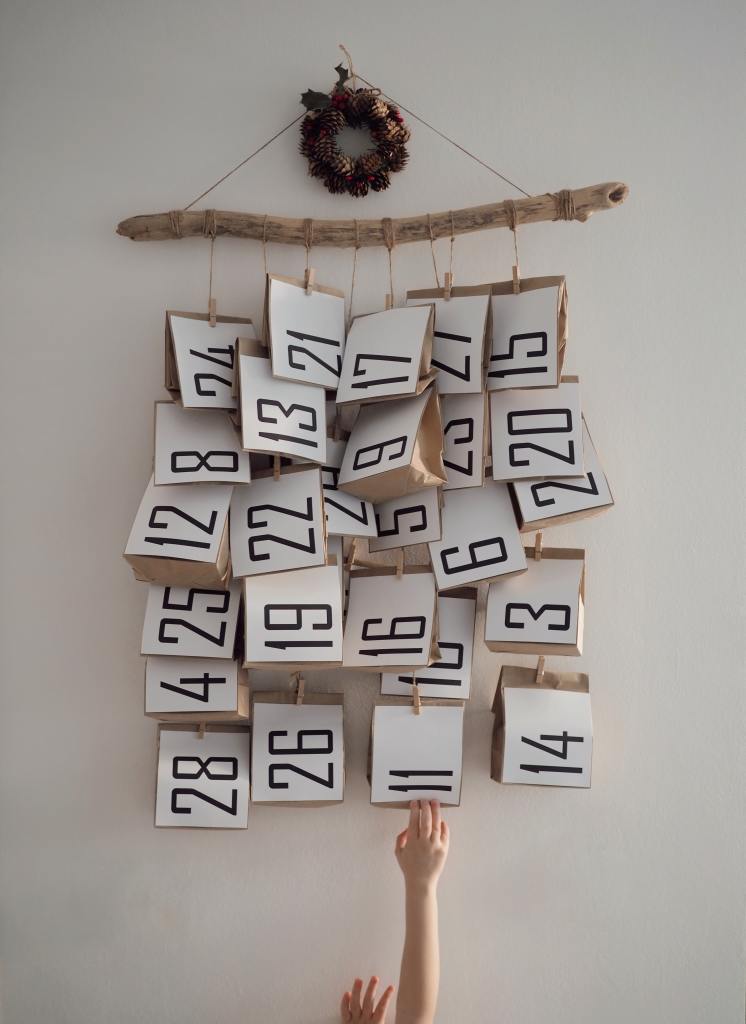

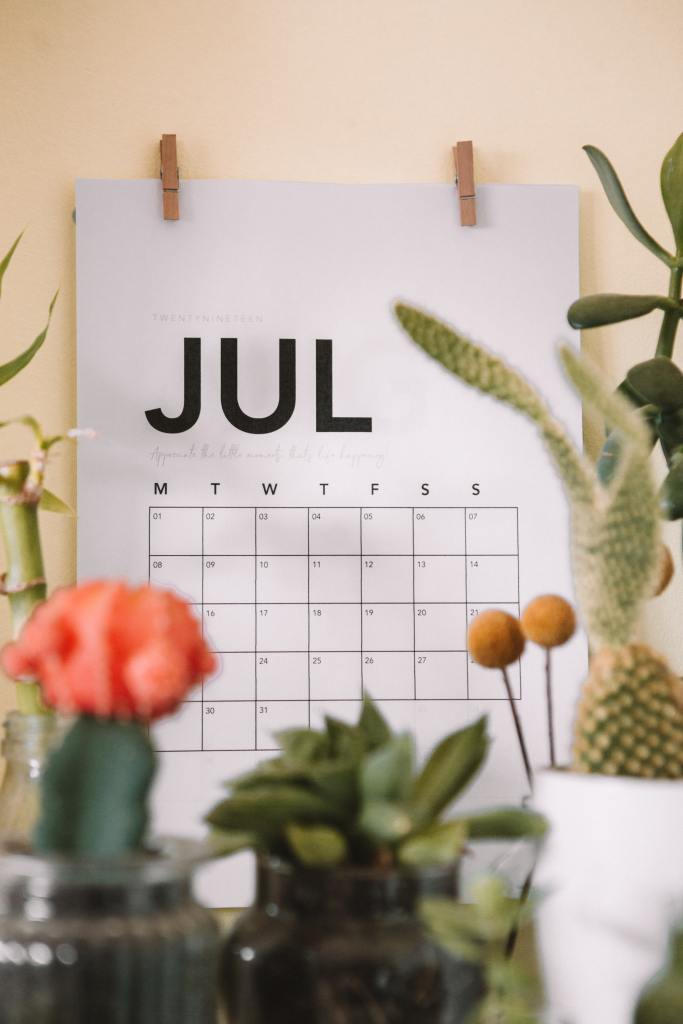
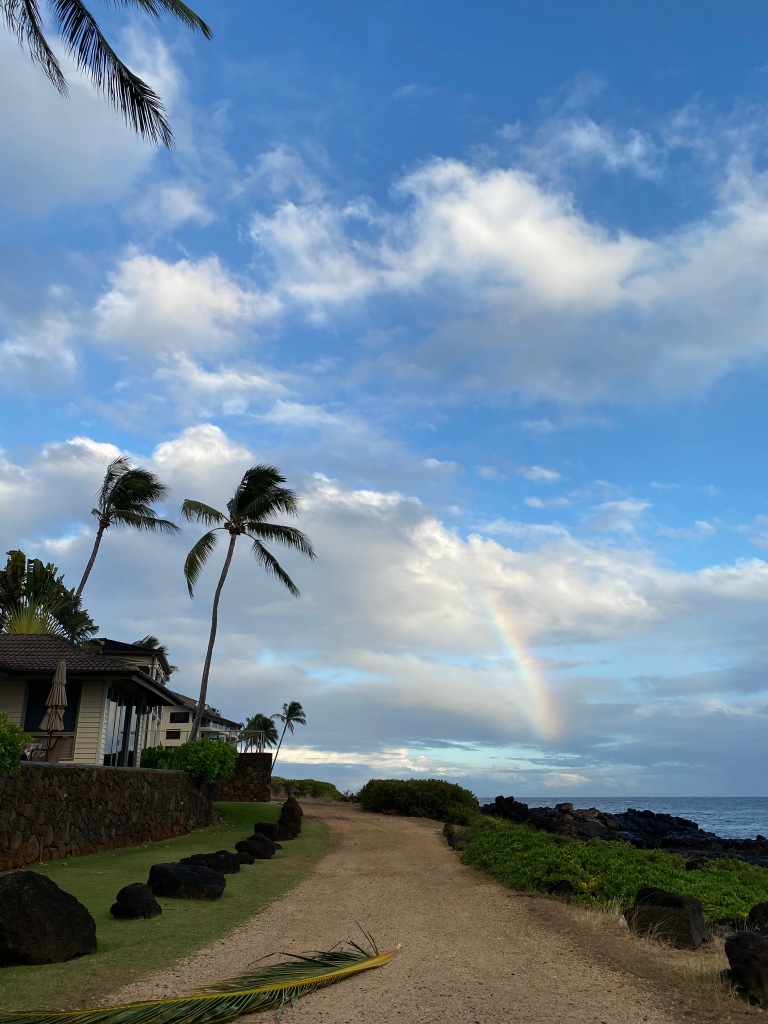

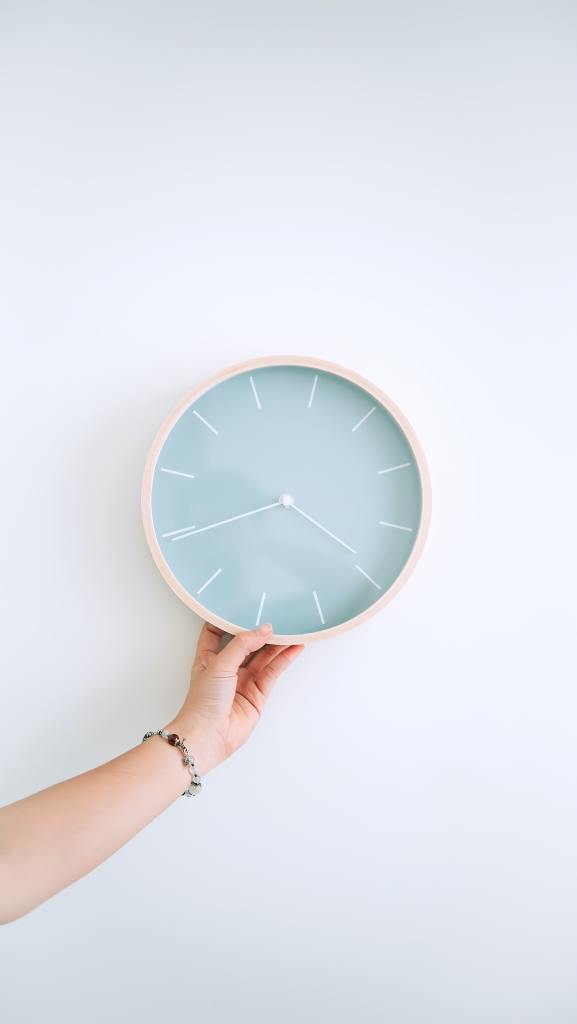





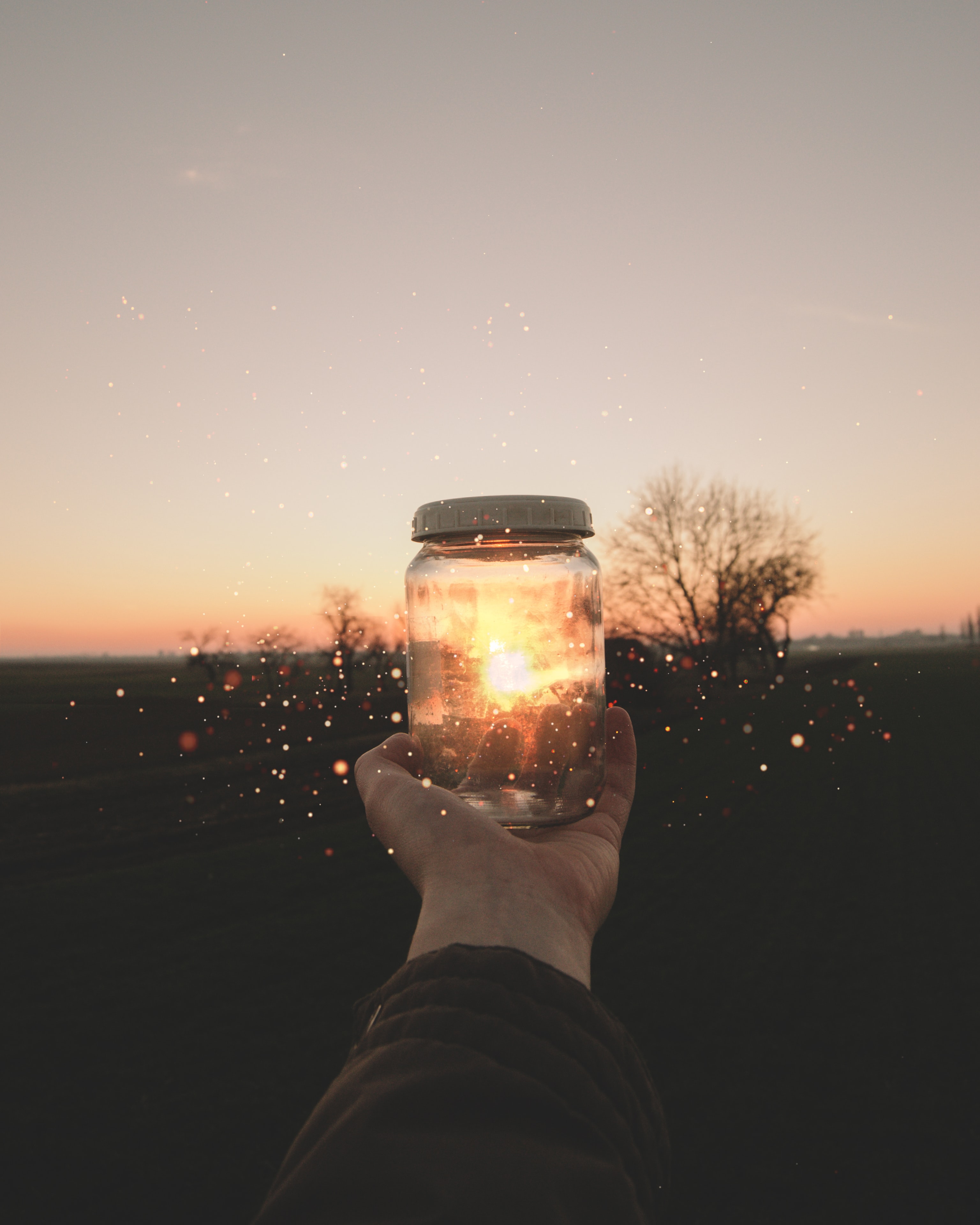
 Let’s achieve more than this virus is trying to take from us, I thought, and seize the opportunity to make positive change in our lives.
Let’s achieve more than this virus is trying to take from us, I thought, and seize the opportunity to make positive change in our lives.
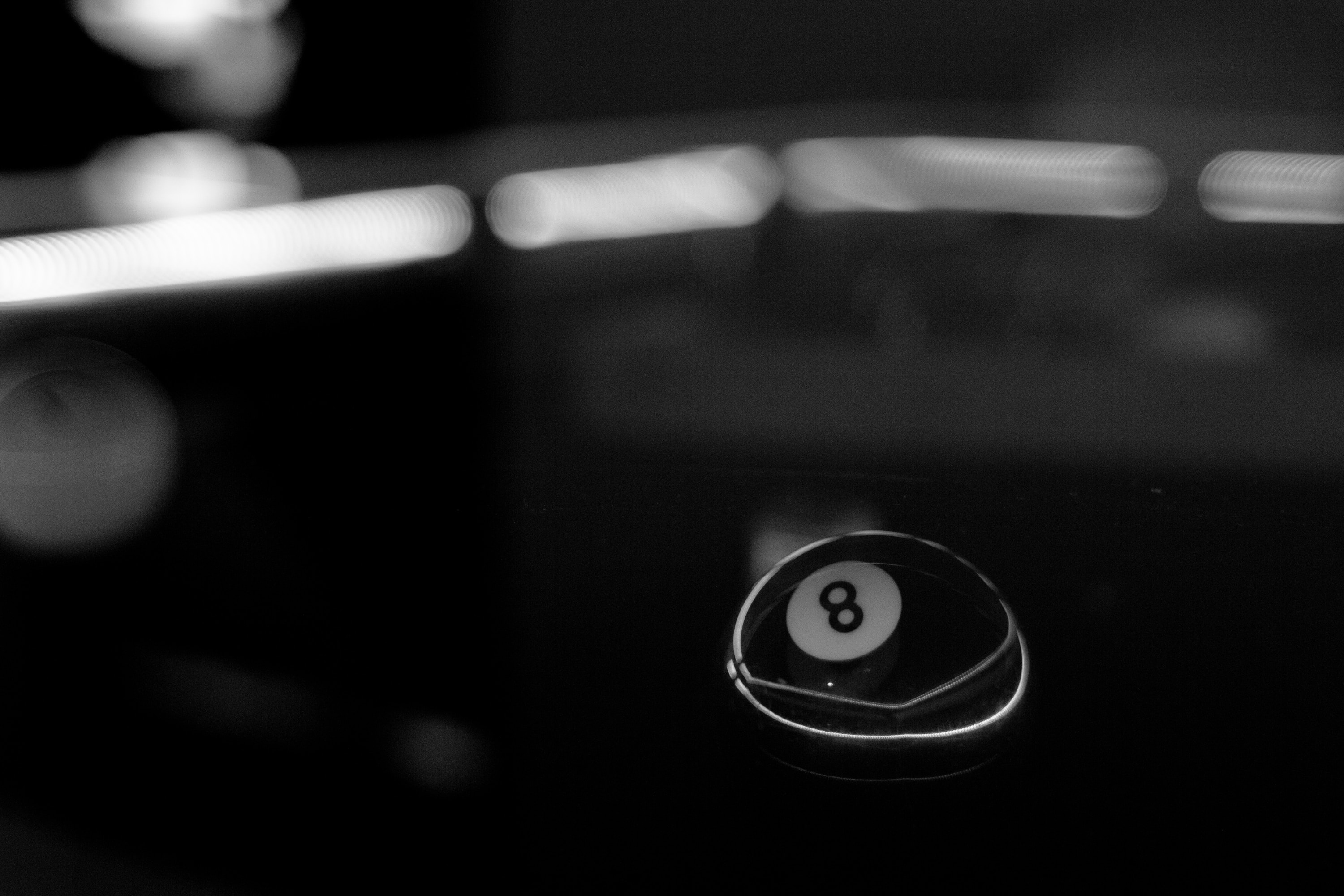 and reminds me of the infinity sign when placed on it’s side. Pretty cool stuff. It is also frequently the recommended amount of healthy things, such as eight 8-oz glasses of water each day, and eight hours of sleep per night. It’s that last one, though, that has me all riled up.
and reminds me of the infinity sign when placed on it’s side. Pretty cool stuff. It is also frequently the recommended amount of healthy things, such as eight 8-oz glasses of water each day, and eight hours of sleep per night. It’s that last one, though, that has me all riled up. since that’s pretty much what she excels in, but I’d say the get-more-sleep mantra applies to the rest of us. And I don’t use the word “dose” lightly; sleep is apparently being prescribed by doctors more frequently now than ever before. What has the world come to if we need a prescription for sleep in order to take it seriously?
since that’s pretty much what she excels in, but I’d say the get-more-sleep mantra applies to the rest of us. And I don’t use the word “dose” lightly; sleep is apparently being prescribed by doctors more frequently now than ever before. What has the world come to if we need a prescription for sleep in order to take it seriously? preparing instead of staying up all night trying to memorize things that your brain could do more effectively while asleep. So next time you think about posting that picture on social media at 4am showing everyone how cool you are for staying up with the help of a huge mug of coffee, turn off the light and get to sleep so your brain can continue processing. I for one will think you’re much cooler for it!
preparing instead of staying up all night trying to memorize things that your brain could do more effectively while asleep. So next time you think about posting that picture on social media at 4am showing everyone how cool you are for staying up with the help of a huge mug of coffee, turn off the light and get to sleep so your brain can continue processing. I for one will think you’re much cooler for it! I’ve been trying out some of the 12 tips myself, which includes cutting out that afternoon coffee run or chocolate treat, not drinking fluids so close to bed time, and shooting for a consistent bed time each night. No easy tasks, mind you, but at least I’m moving in the right direction.
I’ve been trying out some of the 12 tips myself, which includes cutting out that afternoon coffee run or chocolate treat, not drinking fluids so close to bed time, and shooting for a consistent bed time each night. No easy tasks, mind you, but at least I’m moving in the right direction.